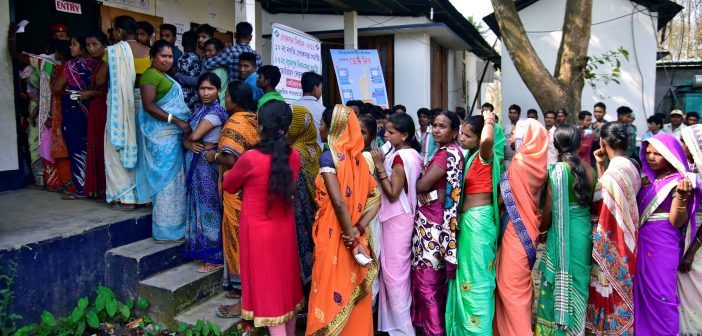As nations gear up for critical elections, the specter of artificial intelligence (AI) being used to manipulate electoral processes and outcomes has emerged as a formidable challenge. The United States, India, and other countries are taking significant steps to safeguard their democracies against such threats. This article explores the multifaceted strategies these nations are adopting to combat AI-driven electoral manipulation.
United States: A Proactive Stance Against AI Threats
In the United States, the realization of AI’s potential to disrupt electoral integrity has spurred a range of responses, from legislative efforts to technological solutions. The Brennan Center for Justice highlights the risks posed by widely accessible AI tools, including the spread of disinformation and the creation of convincing digital fabrications. Recognizing the gravity of these threats, several states are contemplating legislation to restrict AI’s use in political campaigns, especially concerning deepfakes.
The federal government has also acted, with the Department of Homeland Security designating election systems as critical infrastructure, thereby bolstering the nation’s defenses against cyberattacks, including those leveraging AI technologies. Furthermore, a Tech Accord to Combat Deceptive Use of AI in 2024 Elections was announced at the Munich Security Conference, with leading technology companies committing to deploy technology to counter harmful AI-generated content. This concerted effort underlines a comprehensive approach to protecting the electoral process, encompassing prevention, detection, and public awareness initiatives.
India: Tackling Deepfake Democracy
India’s battle against AI manipulation in elections is equally daunting, given its vast internet user base and the pivotal role of digital media in political campaigns. The phenomenon of “deepfake democracy” is on the rise, with AI being used to create manipulated audio and video content designed to mislead voters. Companies like The Indian Deepfaker are at the forefront of producing AI-generated content for political campaigns, walking a fine line between ethical use and the rampant misuse of technology.
The legal framework in India is still catching up with the challenges posed by AI, with existing laws being employed to tackle cases of defamation, fake news, and violations related to deepfakes. This has led to a game of “whack-a-mole,” where the focus is on the consequences of deepfakes rather than their prevention. The Election Commission of India, the autonomous body responsible for conducting polls, is under pressure to adapt to these emerging challenges and ensure the integrity of the electoral process.
Global Accord and Technological Solutions
The Tech Accord, with its global scope, signifies a crucial step towards a coordinated international response to the threats posed by AI in elections. By fostering collaboration among technology companies, the accord aims to limit the generation of deceptive content, enhance the detection of such content, and promote public awareness and media literacy.
Technological solutions, including AI-based tools for detecting manipulated content and digital watermarking to verify the authenticity of digital media, are also being developed. These technologies, coupled with legislative measures and international cooperation, form the backbone of the global effort to safeguard elections against AI manipulation.
Conclusion
As AI continues to evolve, so too does the complexity of the challenges it poses to electoral integrity. The proactive measures being taken by the United States, India, and the global community reflect a deep-seated commitment to defending democratic processes. By leveraging legislative action, technological innovation, and international collaboration, these nations aim to ensure that elections remain free, fair, and free from manipulation in the age of artificial intelligence.





